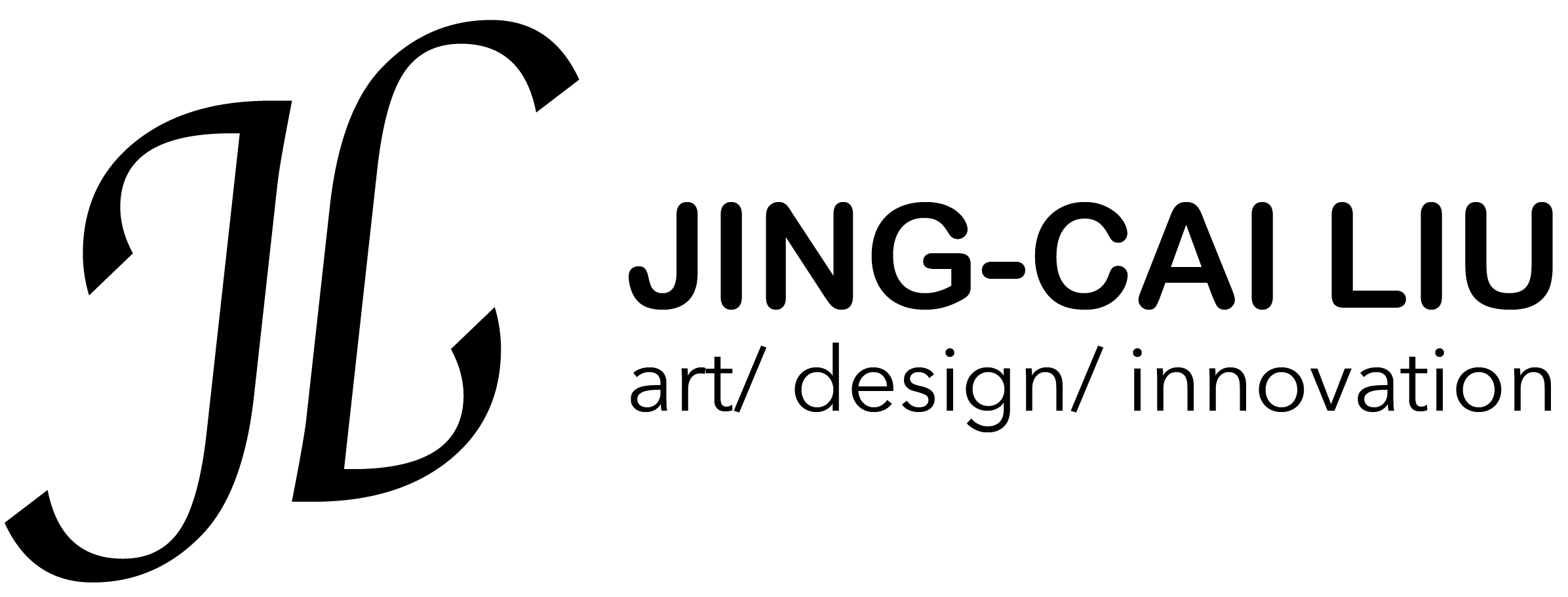SEAWEED MATTERS
Speculative Design Towards a Nature-based Future of the Netherlands
Final Master Project | Speculative Design, expert reviews, qualitative data from workshops
Stakeholders: Rijkswaterstaat, Wageningen University, and Research

Background
How will the Netherlands look like in the future? This is a question that many people, educational institutions, and especially governmental organizations care about. By having a more complete view of how the Netherlands will develop and how the Netherlands will be, governmental organizations and different institutions could prepare for this future. Commissioned by the Dutch Ministry of Infrastructure and Water Management (Rijkswaterstaat) and the Wageningen University and Research, this project is done within a speculative design approach to address the topic of sustainability within a circular economy. The context from the study "Een Natuurlijkere Toekomst voor Nederland in 2120" [1] from the Wageningen University and Research is used as a baseline in this project.
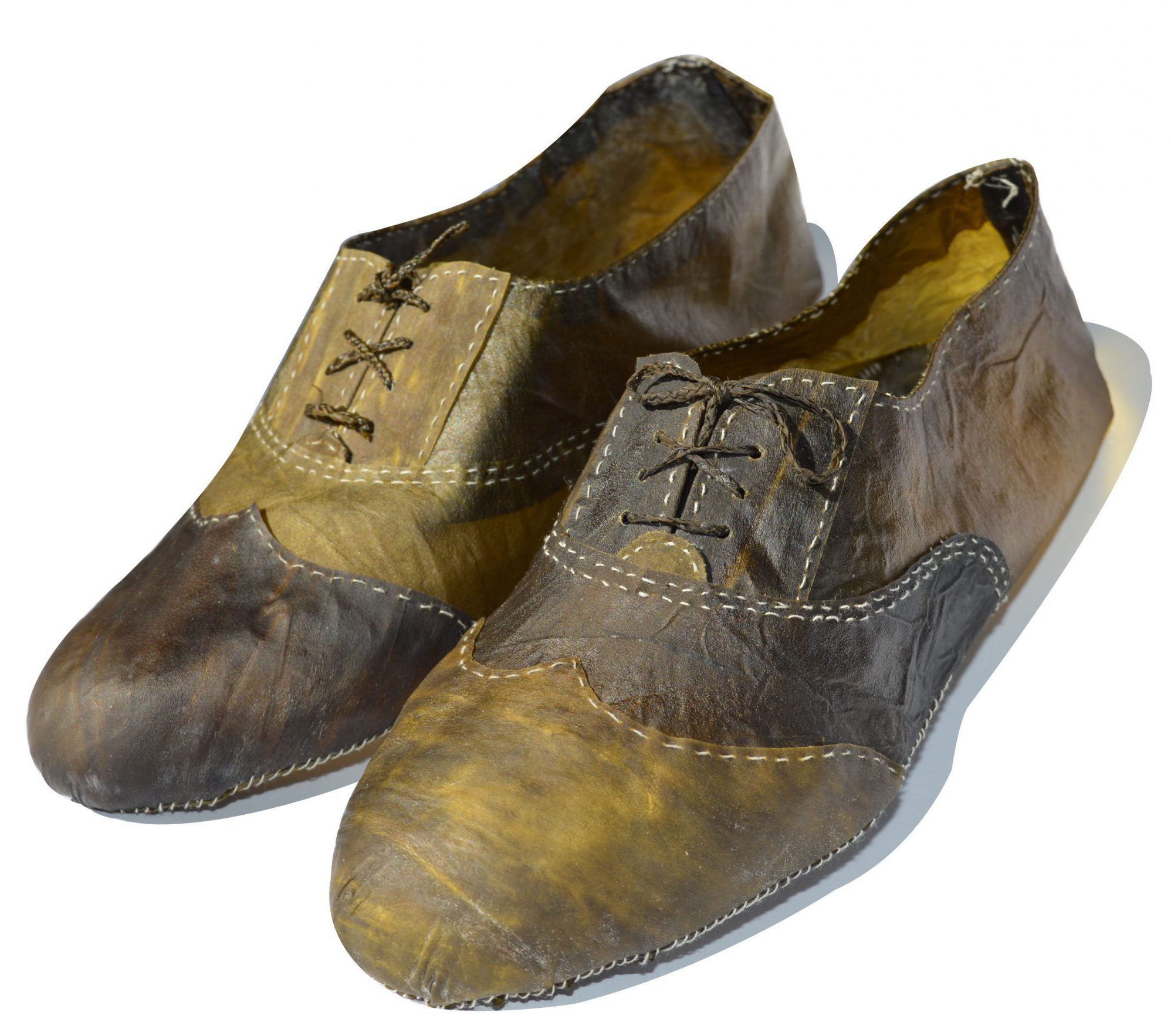
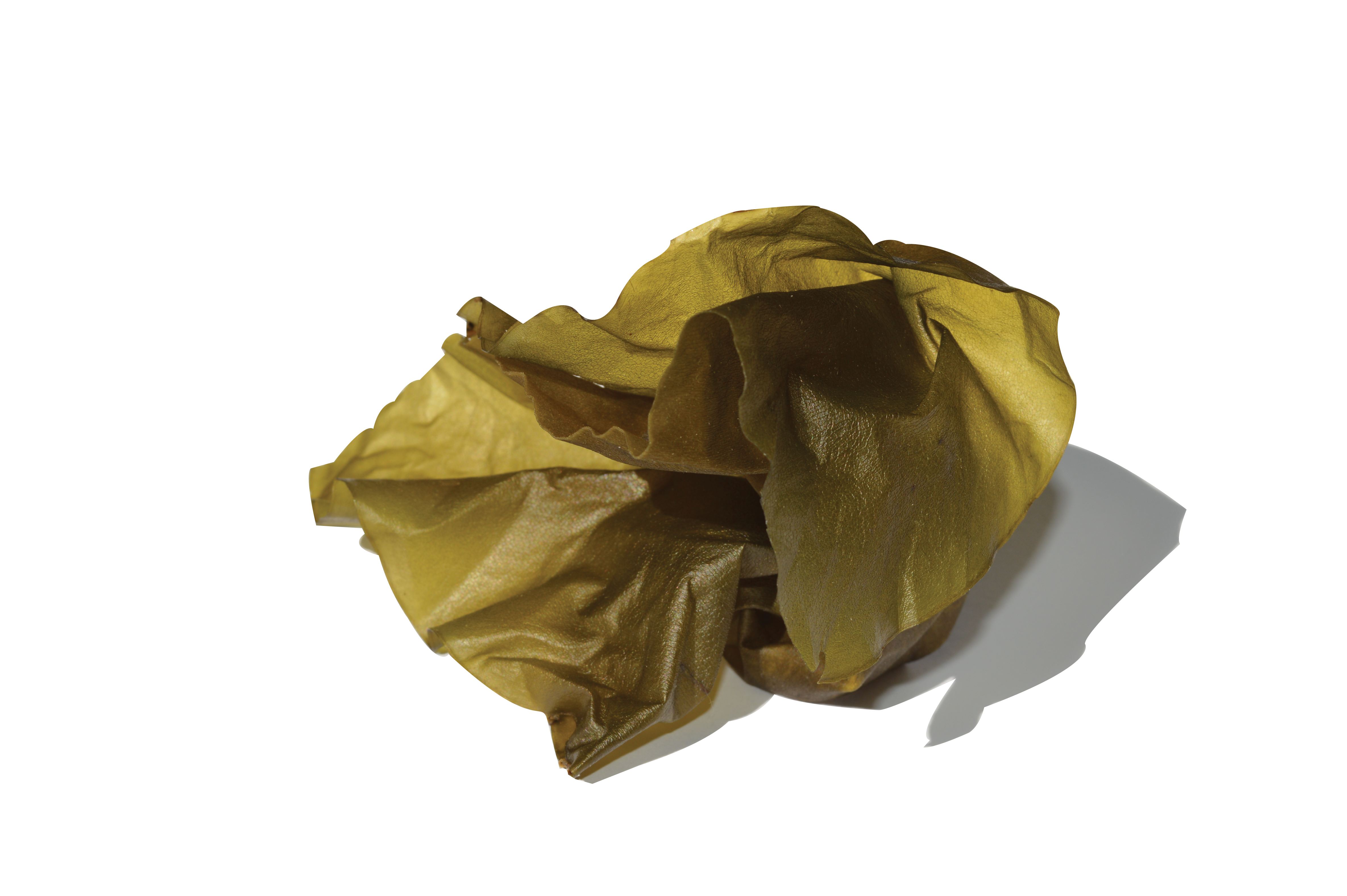
Material Research
A variety of material explorations are done to make bioplastics from seaweeds. These are poured over Petri dishes for drying up. For these explorations, brown kelp seaweed is fractionated in a juicer and different tests are done with different ingredients. After this material creation, a final material is designed from whole pieces of kelp seaweed. The whole piece of kelp seaweed is tested by absorbing the same ingredients as for making the seaweed bioplastics. Finally, the created Seaweed Leather becomes soft, strong, and flexible.
Project Goal
This design project will include characteristics of Speculative Design, Critical Design, and Design Fiction [2]. The created designs and visualizations for this project are physical objects and digital visualizations that show how the future of the Netherlands will look like. It emphasizes the current debate about the depletion of natural resources, climate change, and sustainability. However, the main goal of this project is not to make designs that could solve these societal problems. The elaboration of the visualizations consists of contradictory meanings that should evoke a dialogue with individuals and increase their awareness of nature and sustainability.
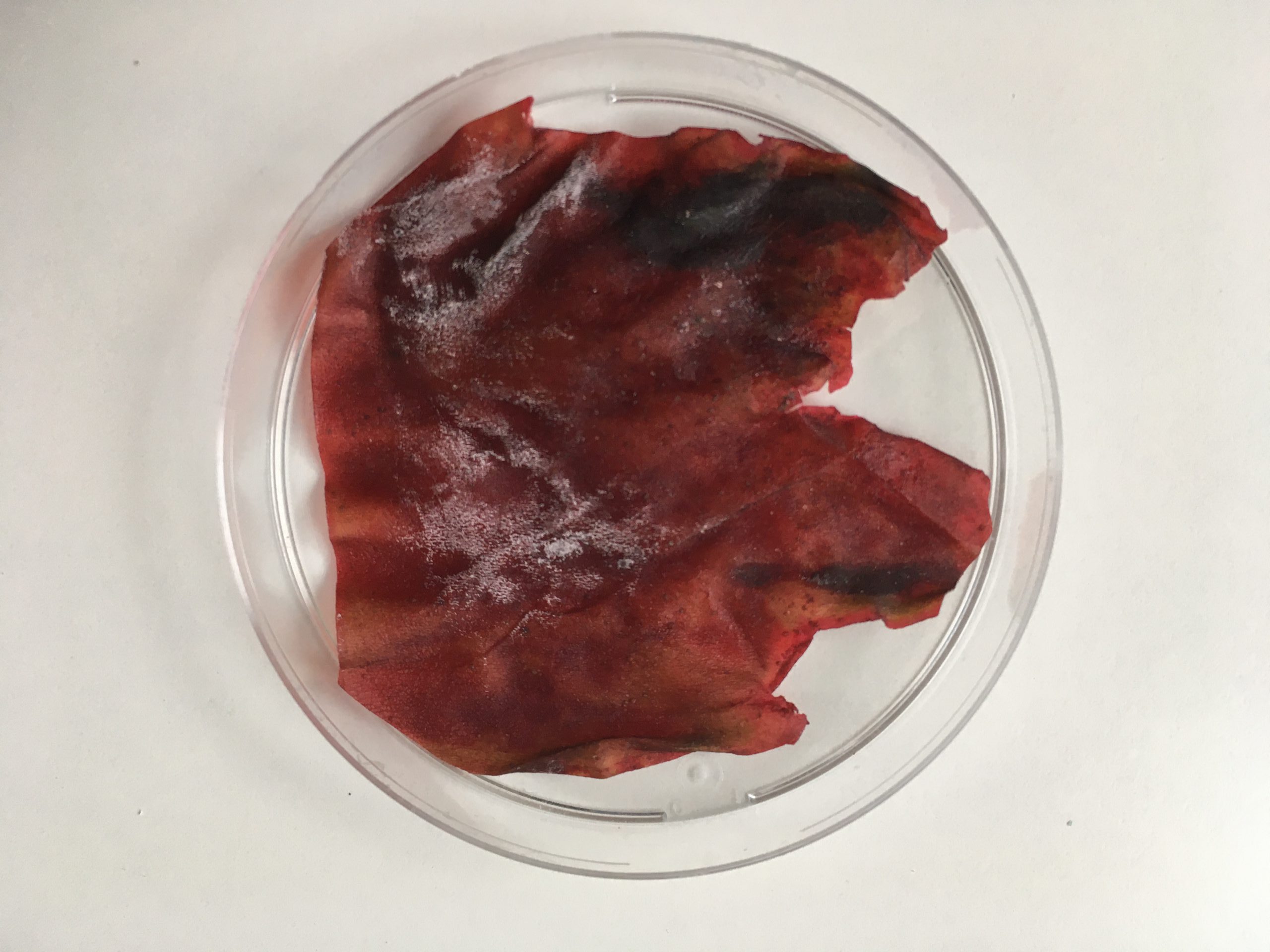
Final design
A future world around seaweed is created to address the subject of a nature-based future[1], called Seaweed Matters. More specifically, research in seaweed as a biomaterial is done in the first phase that can be used for textile and leather-related products. Seaweed products are made as possible products that will emerge in the future. The context of this future around seaweed is visualized through an online platform that represents a future company called Seaweed Matters. In the end, a video is created in which a provocative scenario is shown to evoke a discussion.

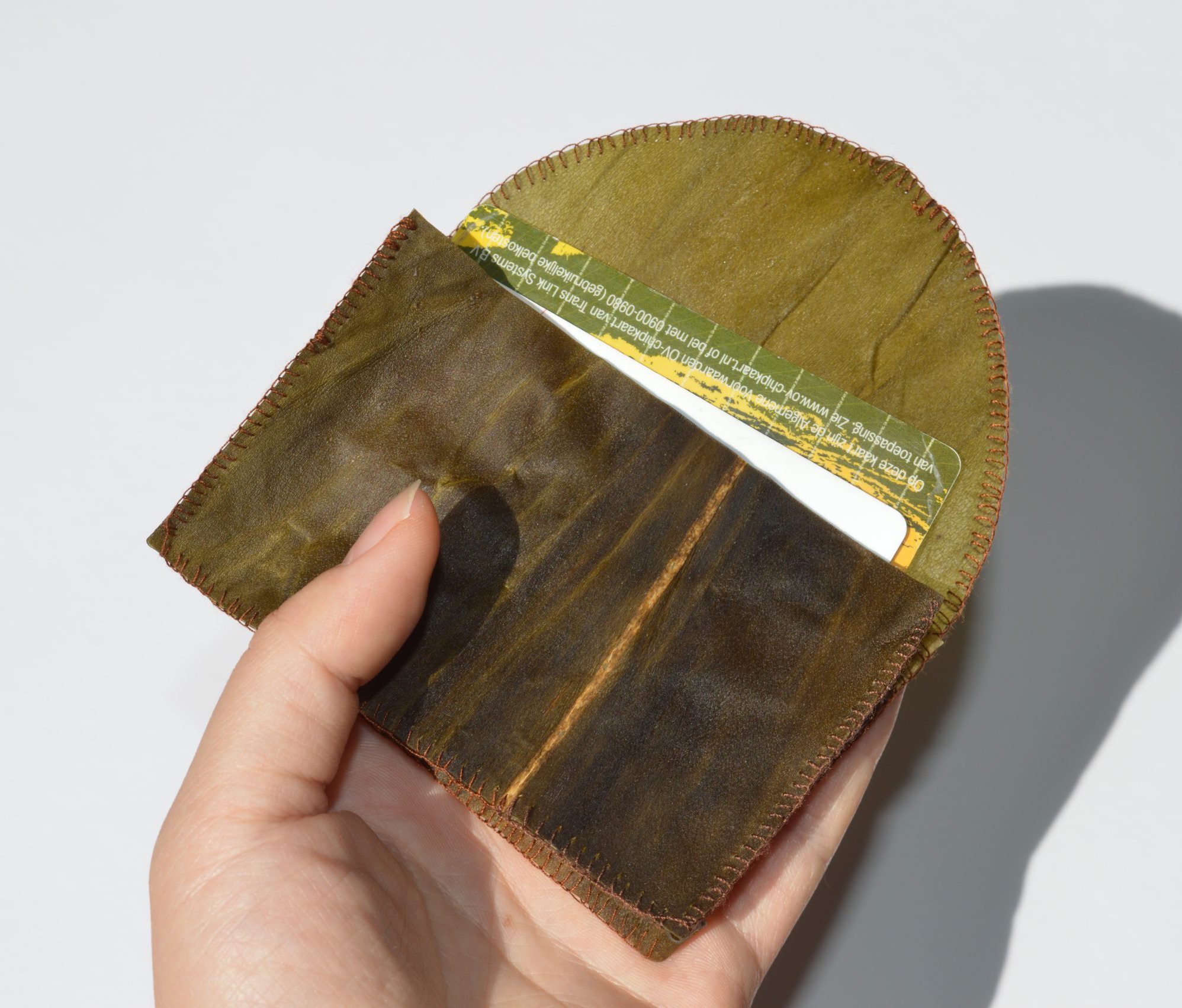
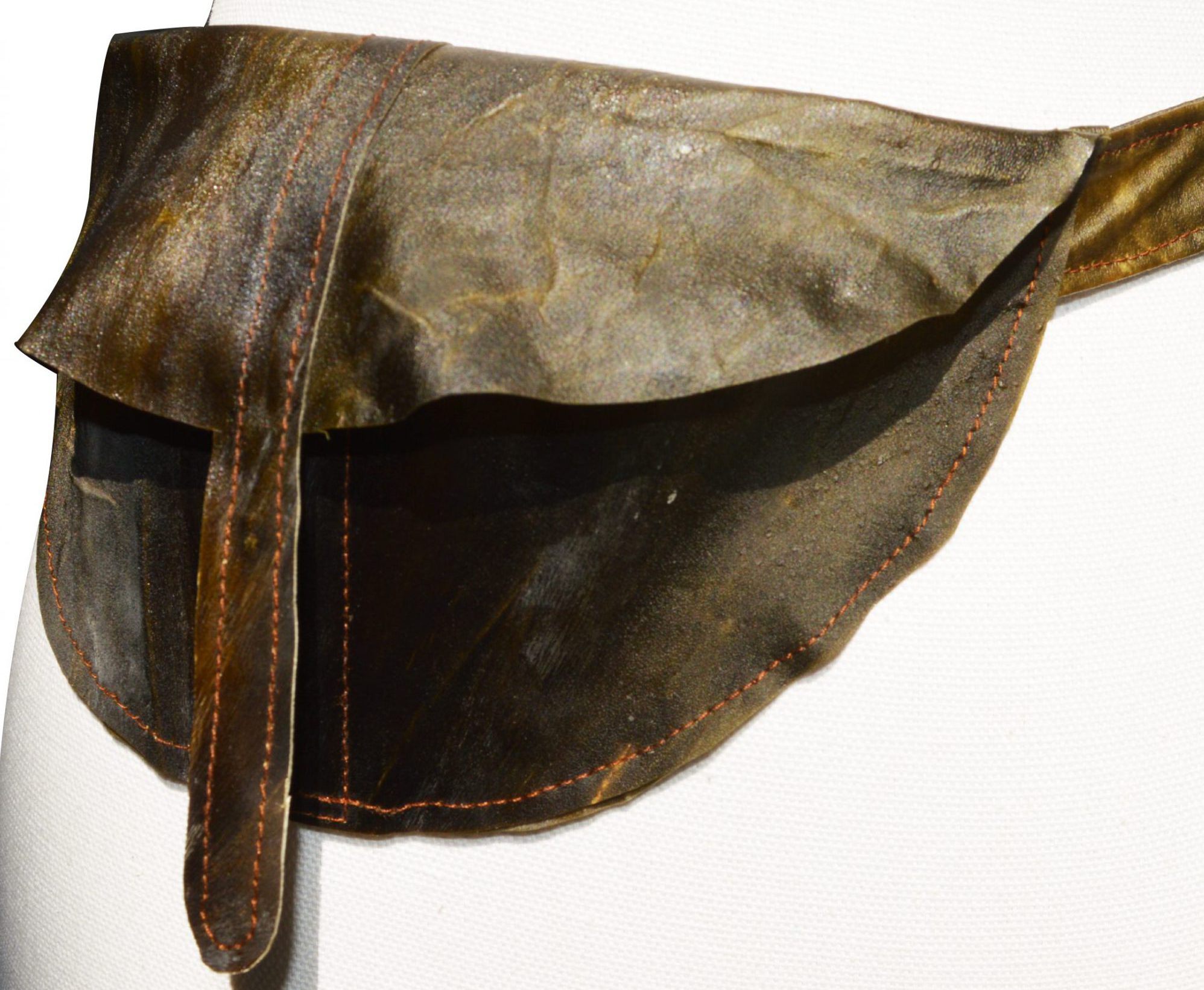
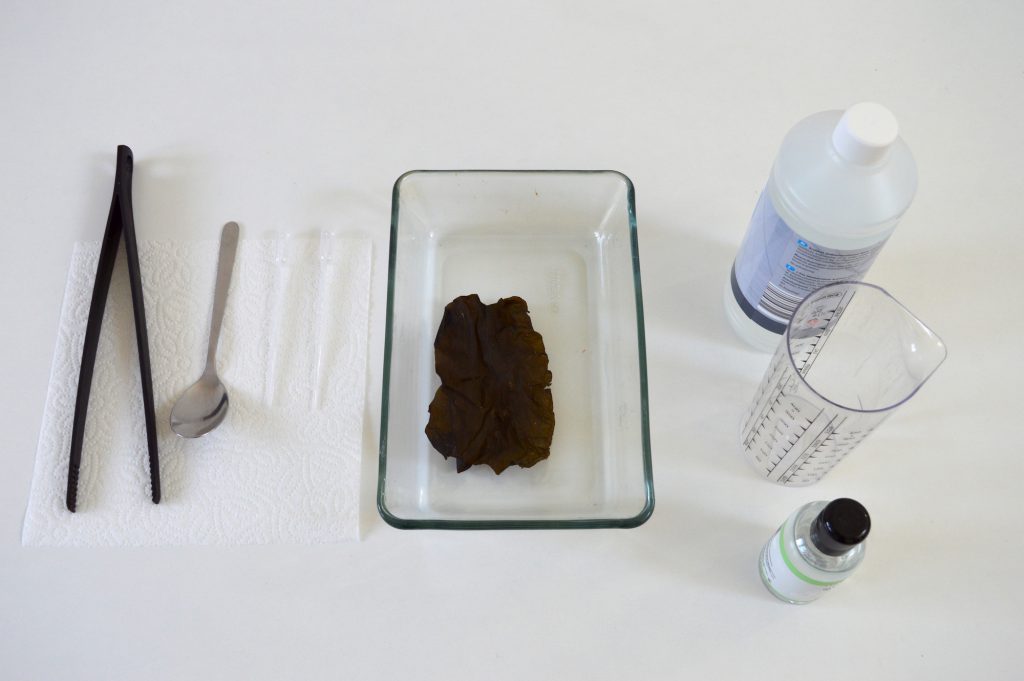

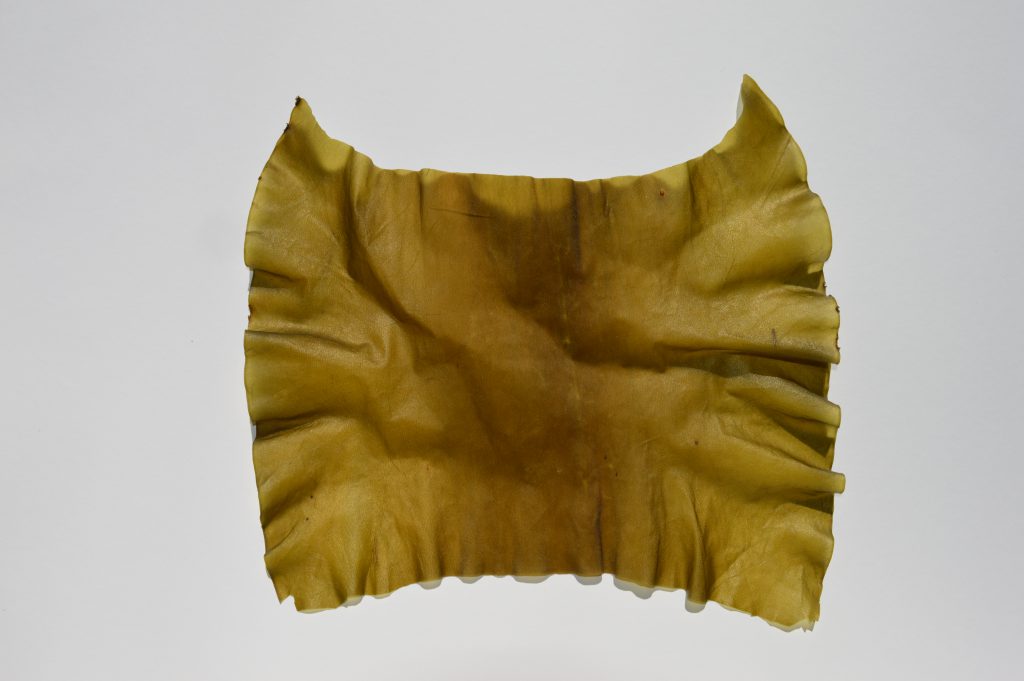
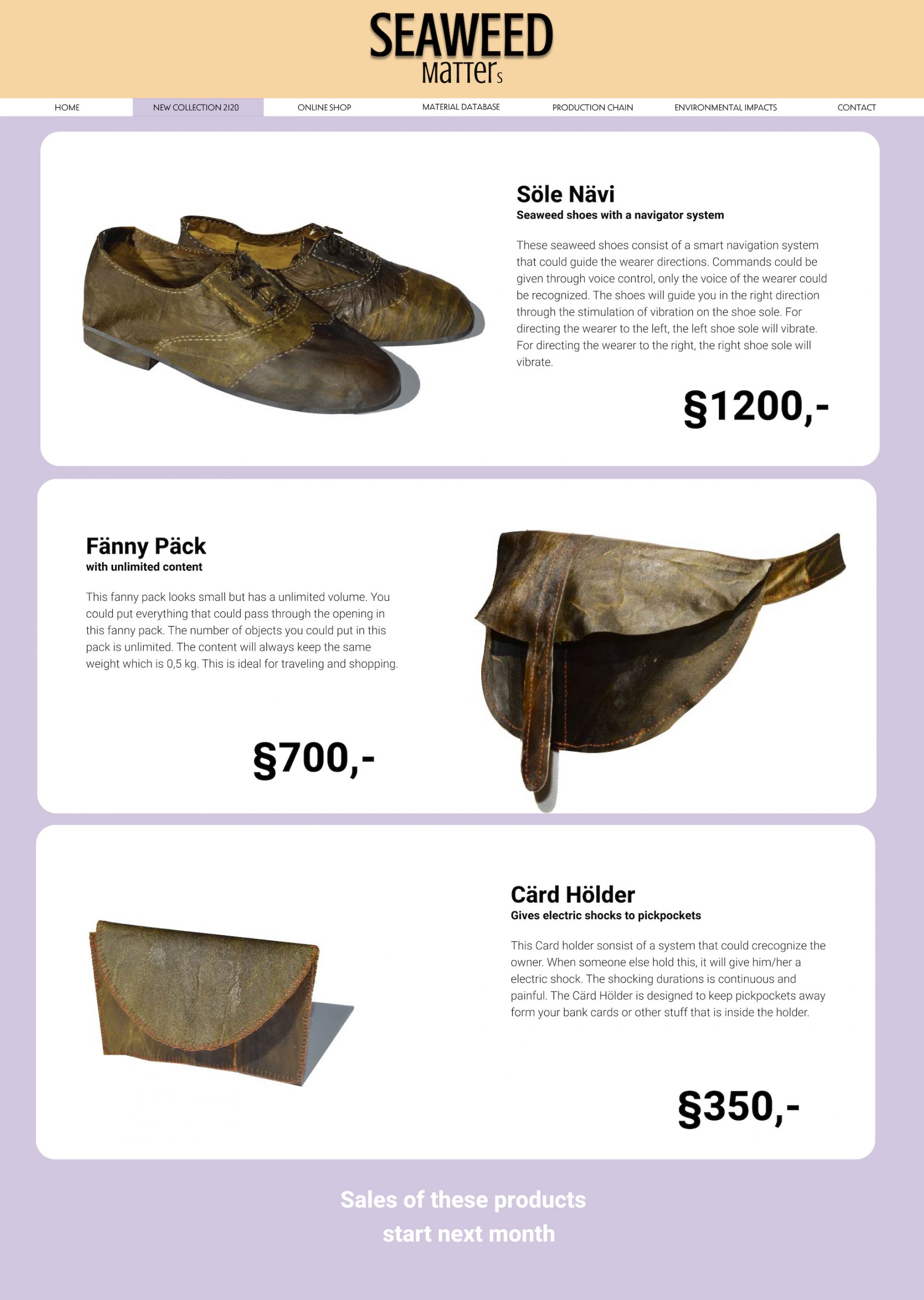

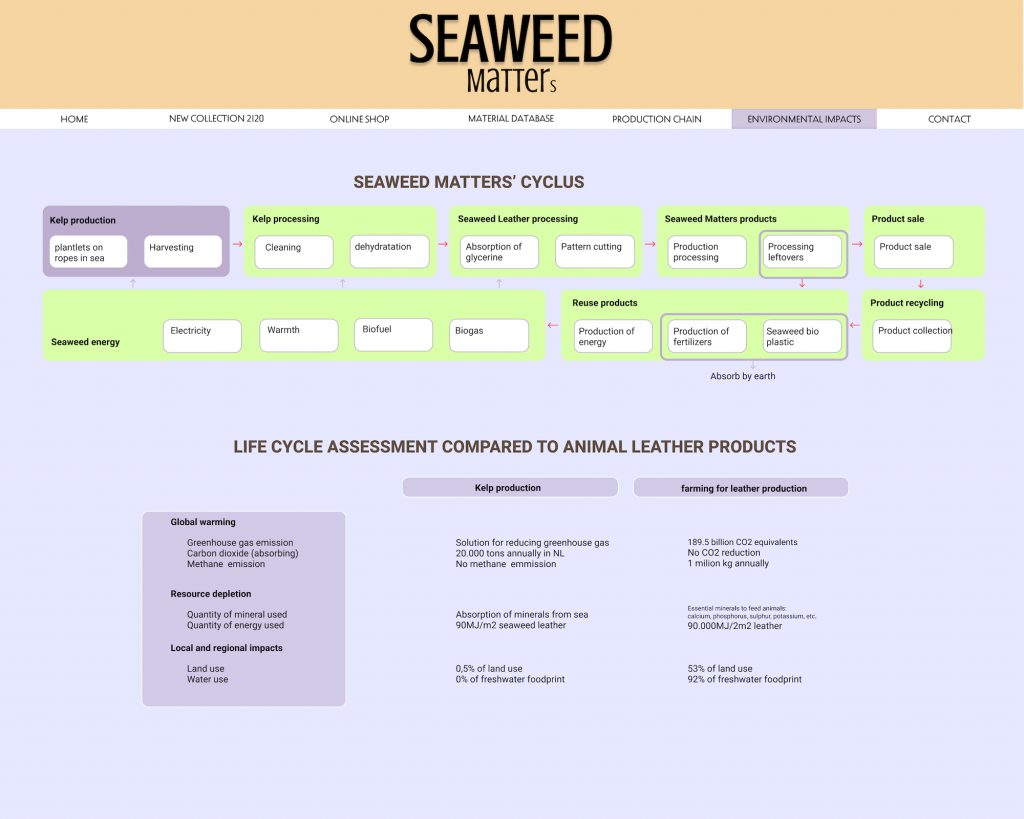
Reactions and Discussions Created
Throughout the workshops and expert reviews, different insights are gathered about sustainability, seaweed as future material, the characteristics of a future company, etc. These could be categorized into different discussions: would people buy such a product? How do they reflect the created future in their daily lives? Is sustainability not guaranteed within a circular economy? Do we still need such a platform? Will we eat up our seaweed product to reduce waste, or does this go too far?
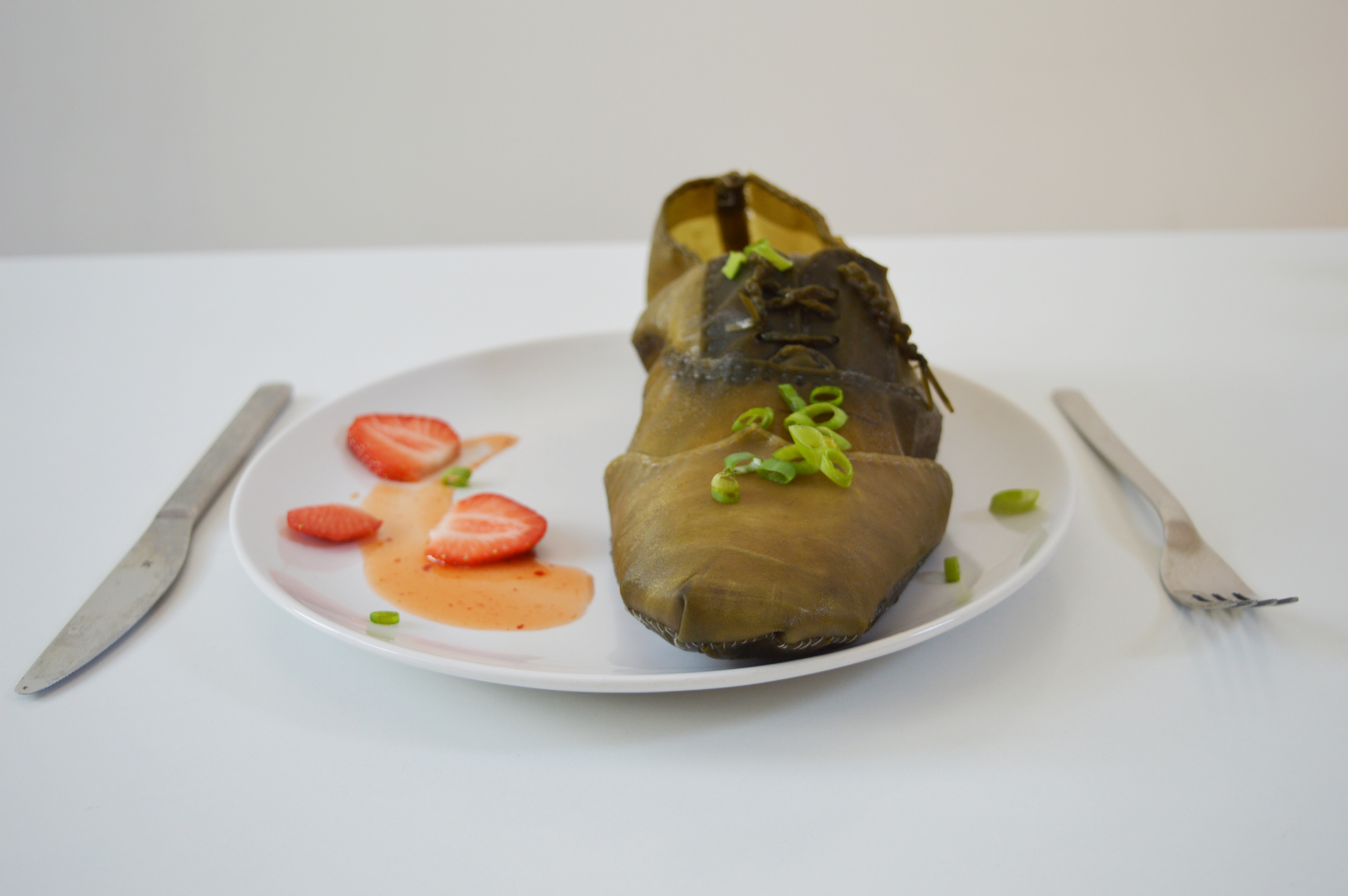
Kraaiennestdag Rijkswaterstaat 2020
DDW, Drivers of Change 2020
References
1. Baptist, M., van Hattum, T., Reinhard, S., van Buuren, M., de Rooij, B., Hu, X., ... & Ysebaert, T. (2019). Een natuurlijkere toekomst voor Nederland in 2120. Wageningen University & Research.
2. Auger, J. (2013). Speculative design: crafting the speculation. Digital Creativity, 24(1), 11-35.
